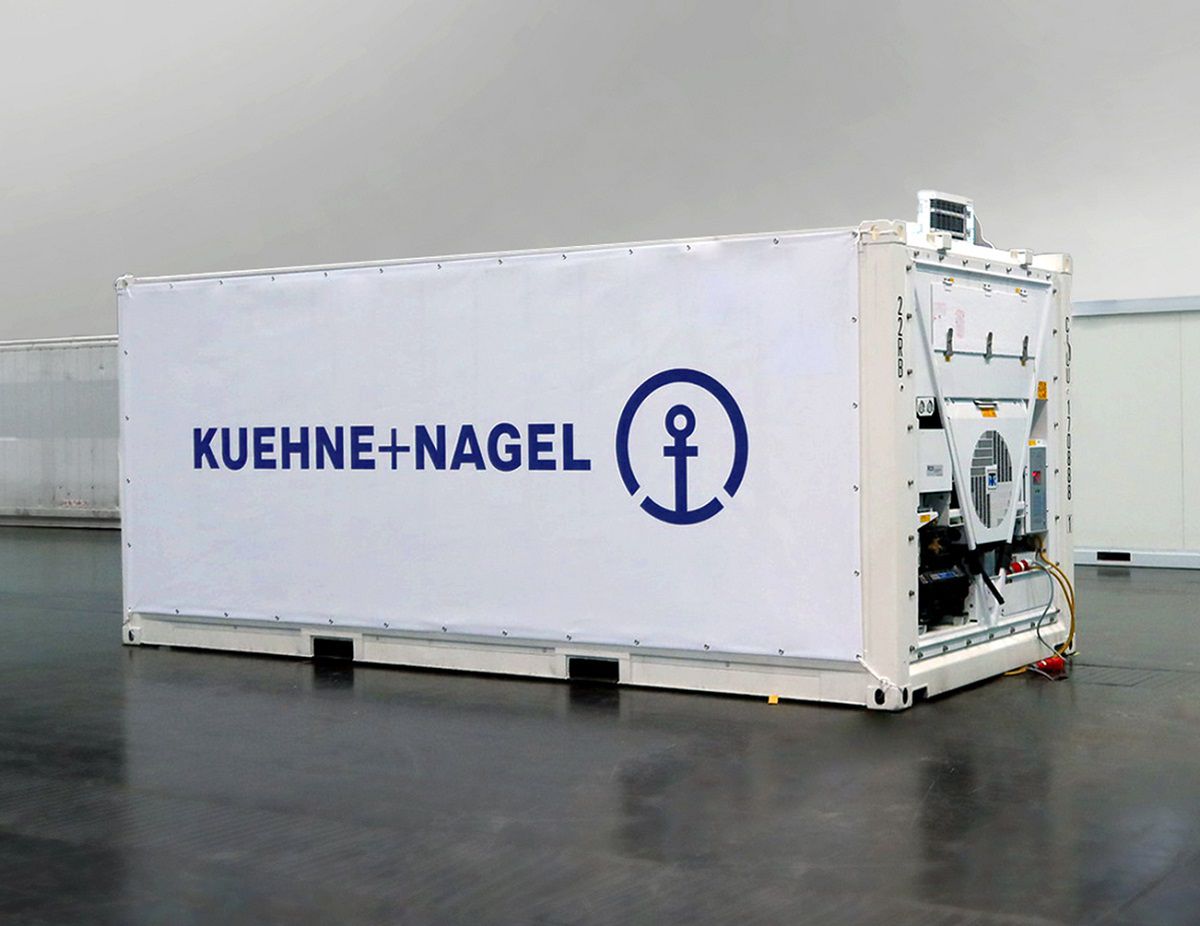There is an undeniable sense of urgency to get the COVID-19 vaccines as quickly to as many people as possible. But doing it quickly doesn’t mean cutting corners. The vaccines must be stored and transported extremely carefully to protect their quality and to maintain their efficacy – and they must be administered in line with very precise instructions in order to guarantee patient safety.
Normally, labs would be using the time it takes to gain regulatory approval to work on making the vaccine stable at higher temperatures over longer periods. The choice of fillers, for example, can be optimised and tested for safety while certifications are ongoing.
With COVID-19 vaccines, there’s been little time to refine stability as clinical trials and regulatory approvals have been massively accelerated. The first vaccine to deliver reliable results needs to be stored at minus 70°C degrees until relatively soon before administration. Other variants seem to be more stable, requiring less extreme temperatures – but still need to be stored at consistently low levels.
How and where?
The delicacy of the COVID-19 vaccines and the sheer volume of doses required means applying the lessons we have learned about safe storage and transport for sensitive pharmaceutical products and come up with new solutions.
As a first step, we have to address warehousing and bulk transport. Because even in developed economies, there is very little bulk storage capacity that can reliably maintain minus 60°C to minus 80°C. Even at minus 20°C, the number of facilities capable of guaranteed temperature stability is relatively small.
Then there’s the question of where those facilities are located. Even in the US, Europe and Asia, there are simply not enough facilities to handle reliably cold distribution at scale. Building from scratch in regions where the need will be short-lived and resources more constrained – parts of Africa and Latin America, for example – is even tougher.
When we looked at how we might solve these challenges, we started to see some answers by pivoting existing solutions and applying expertise from our established pharma logistics business.
From lab to jab
Pharma manufacturers must move pallets of vaccine quickly from their manufacturing labs into reliably cold storage for bulk distribution. Setting up a few global hubs with the right cooling capabilities and links to transportation is an obvious answer.
However, it’s unrealistic to deliver from major continental hubs directly to a clinical setting. Breaking down shipments into national or regional consignments matched to customer requirements (usually, in this case, governments and their health providers) is a must.
That is why we have developed specially fitted shipping containers – fully insulated and equipped with deep-freeze cooling for local areas where no other option is available. The solution is versatile, as it can be adapted to fulfil needs, volumes, locations and, most importantly, is compliant with all pharma requirements in order to guarantee patient safety.
And because containers are easily shipped almost anywhere – from the apron of an airport to a convention centre – they could be placed at an ideal distance from patient populations, optimised for local clinical and last-mile delivery capabilities. In high-density locations, the solution is scalable: you simply add another unit.
Temperature Pods
These ‘Temperature Pods’ are adaptable and when the requirement for whole-population vaccine distribution decreases, or the site needs to be returned to its original use, the pod can simply be re-positioned or removed.

We believe that it is our experience in working with vaccines and other sensitive pharmaceutical products, combined with our deep heritage in global logistics, that gives us the confidence to innovate. It is this confidence, and our know-how, that allows solutions like the Temperature Pod to emerge.
Listen to Kuehne+Nagel’s Rob Coyle in the Reuters podcast “The Exchange – Journey of a vaccine” and hear more about our vaccine logistics and our commitment to doing our part in distributing the COVID-19 vaccine worldwide.





.jpg/fedef584-a960-4d59-1d7c-341c5df2f8c1)

.jpg/a117c89f-7f22-05c6-22e2-17dd255a5916)
